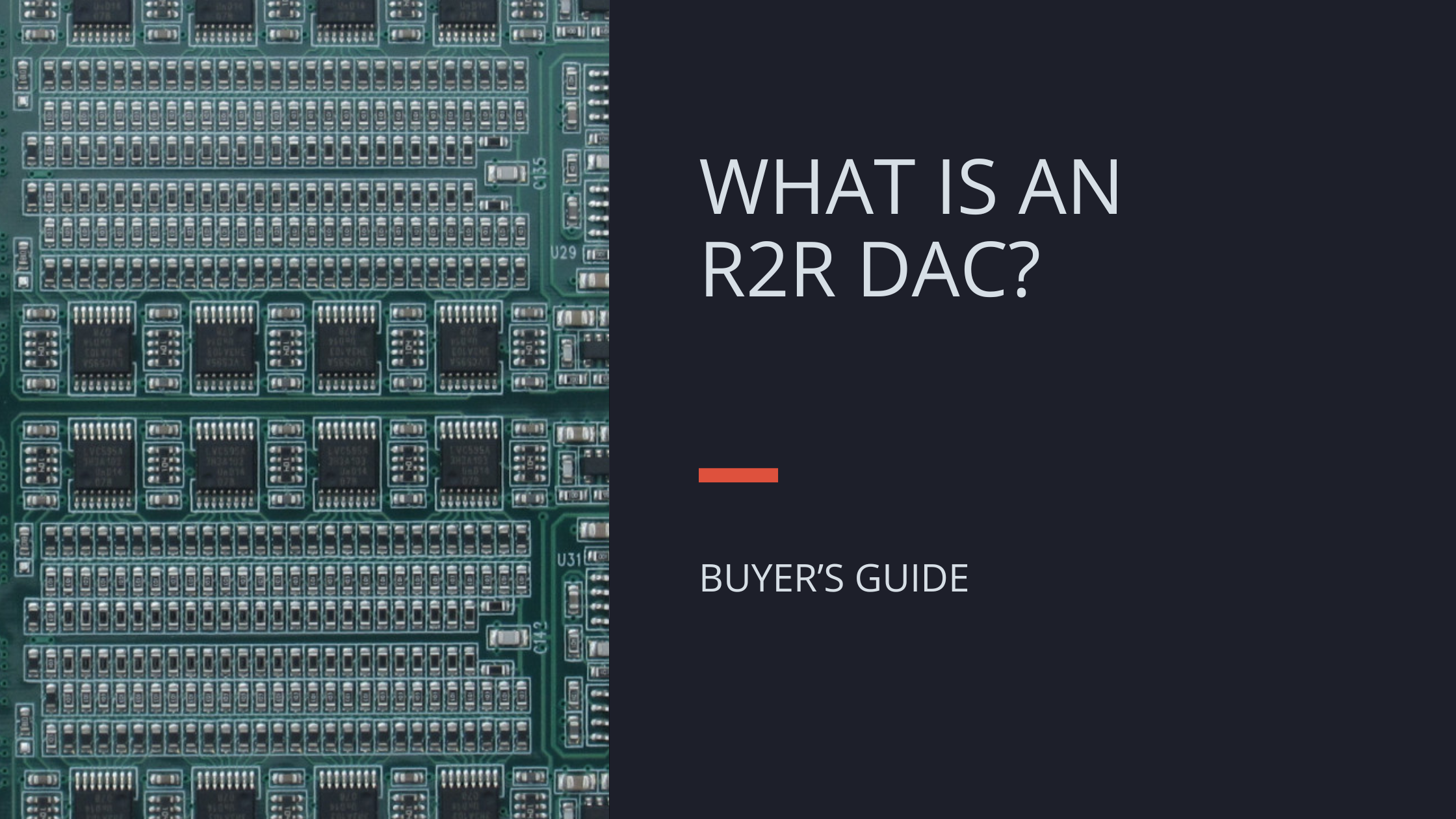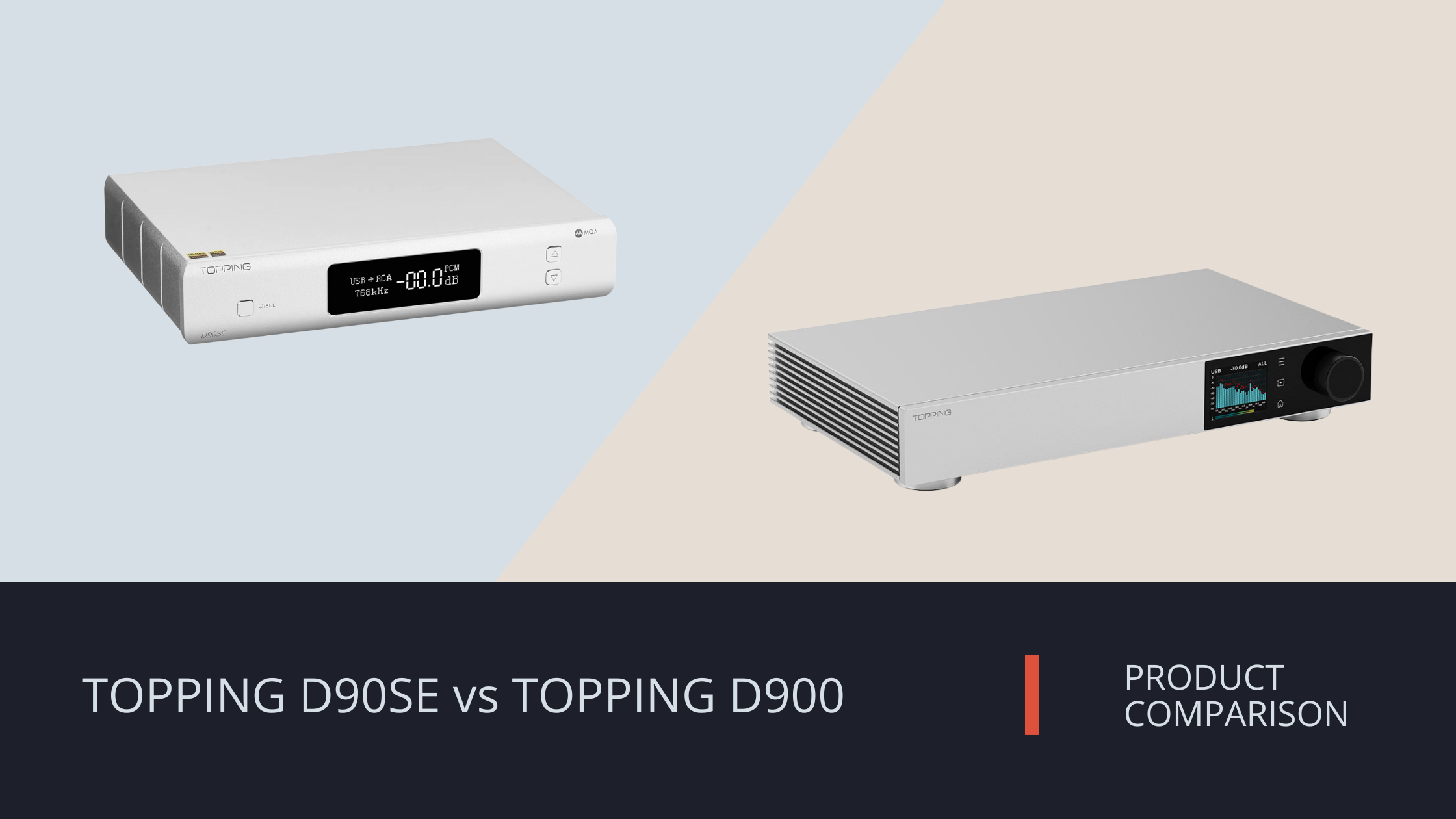
What is an R2R DAC?
Intro to R2R DACs
An R2R DAC, also known as an R-2R ladder DAC, is a type of digital-to-analog converter that translates binary data into analog voltage using a simple but precise resistor network. Unlike delta-sigma DACs that rely on high-speed modulation and oversampling, R2R DACs convert digital bits directly through a ladder of resistors with only two values: R and 2R. The result is a more direct signal path, prized by some audiophiles for its natural tonality and transient clarity.
A Ladder of Precision
The R2R design uses a repeating sequence of resistors to represent each digital bit in a waveform. Because every resistor pair contributes a specific voltage step, accuracy depends on how tightly matched the resistors are. Even minor mismatches can affect linearity, which is why high-end R2R DACs often use laser-trimmed or hand-selected components to maintain consistency.
Performance and Design Philosophy
R2R DACs are often associated with non-oversampling (NOS) design. In these DACs, the digital signal is converted without additional interpolation or noise-shaping, preserving the raw timing of transients. This can result in a presentation that feels more “organic,” though it may measure less linearly than delta-sigma converters. The trade-off is engineering complexity: maintaining 20-bit-plus precision demands exceptional resistor matching and calibration.
Usability and System Matching
From a user standpoint, R2R DACs behave like any other desktop DAC — offering balanced and single-ended outputs, USB or coaxial inputs, and standard PCM or DSD decoding. But their sound character and system synergy depend more on analog implementation. Clean power, low-noise output stages, and well-clocked digital inputs are key to unlocking their full potential.
Strengths and Trade-Offs
Advantages
- Direct, bit-accurate conversion with minimal digital processing
- Often praised for natural tone and coherent timing
- Predictable impedance and analog behavior
Drawbacks
- Expensive to manufacture at high resolution
- Sensitive to resistor tolerance and thermal drift
- May lack some features found in modern delta-sigma DACs (e.g., advanced filters or DSP)
Conclusion
An R2R DAC represents a purist approach to digital-to-analog conversion: simple in theory, intricate in execution. It appeals to listeners who value tonal realism and time-domain accuracy over sheer measurement performance. Whether it’s the right choice depends less on its ladder design and more on how carefully that ladder is built.


